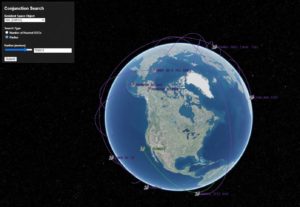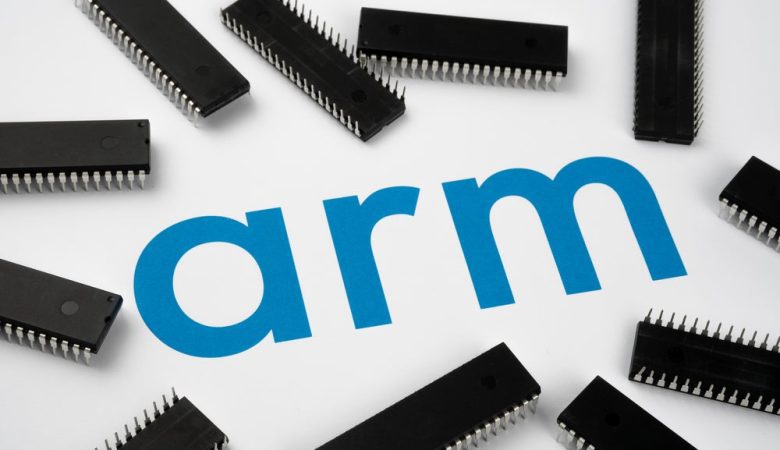The space situation sensing project released by IBM can use machine learning technology to detect errors in physical models to predict object orbits, allowing scientists to correct the results.

IBM has open sourced Space Situational Awareness (SSA) and Kubesat projects. Users can deploy these two containerized projects to Red Hat OpenShift on IBM Cloud for execution. IBM mentioned that they hope to make space applications more popular through open source these two projects. Developers interested in space technology can also help improve the project.
Space situation sensing can find objects close to the earth. In fact, there are already thousands of man-made space objects orbiting the earth. With the development of private rockets, the speed of man-made space objects into orbit will increase significantly. Man-made space objects vary in size, from paint peeling off a few centimeters in diameter to the International Space Station. IBM mentioned that although a small piece of paint does not sound dangerous, when the paint piece is in space at a speed of 8 kilometers per second Moving forward, hitting satellites or other vehicles, may have catastrophic consequences.
The IBM space team develops space situation sensing technology. In addition to finding out the position of artificial space objects, it can also predict the orbit of the object. Although the orbit can be predicted by physical models, IBM mentioned that these models require the object itself. And the environment and its accurate data, but because the ASO data obtained by the surface sensors is very small and full of noise, and it is not clear that space weather and atmospheric density affect the behavior of objects, IBM decided to use machine learning methods to improve Orbit prediction method.

IBM’s SSA project does not directly predict the orbit, but to create a model to learn to detect errors in the physical model. IBM mentioned that if they want to use machine learning to predict the orbit, they need a lot of data to learn the orbit. However, the physical model already has some knowledge of orbital dynamics, so IBM uses machine learning to detect errors in the physical model to correct the prediction results of the physical model.
Another project called KubeSat is a cognitive automation framework designed for the cubic satellite group, which can simulate and optimize multi-satellite communications. Cube satellites are small satellites with a size of only 10 cubic centimeters. Before 2013, Cube satellites were mostly launched by academic units to perform scientific research and exploration. After 2014, most of the newly deployed Cube satellites were used for commercial purposes. Or amateur projects.
IBM mentioned that many new innovation and research teams have been able to support software or perform specific tasks by launching low-cost satellites. KubeSat can make the satellite industry more popular and allow smaller operators to use space technology. , To develop the satellite industry that was impossible in the past. KubeSat simulates the orbit of objects by using the low-level space dynamics library Orekit. KubeSat can optimize the communication between satellite-to-satellite, satellite-to-ground receiving stations, and satellite-to-surface sensors on the NATS messaging platform.
KubeSat can be used in special use cases to build enhanced learning models and used as the underlying software for many satellite clusters. By automating the collaboration and communication between these satellite clusters, the satellite clusters can be grouped autonomously and dynamically. This satellite module Chemical clustering is the key to the operation of various satellite programs.
IBM mentioned that these are applications of space edge computing. Satellites process data in a basic way through inference and data filtering functions. Then cloud technology will enter the technology stack to receive raw satellite data aggregated by ground stations and perform updates. Further processing.











